PHOTO GALLERY: Here is what New Year’s Eve celebrations looked like in Hungary back in the day

New Year’s Eve is one of the world’s most anticipated holidays, whether you are a kid excited to stay up all night and watch telly or an adult trying to make it till midnight after having jugged down way too many pálinka shots. But have you ever wondered how people rang in the New Year back in the day? It goes without saying that there were several important moments in Hungarian history that paved the way to making New Year’s Eve the holiday we know and love today. Read on to learn how people celebrated the last day of the year during the past regime, which will perhaps make you appreciate this special holiday even more!
New Year’s Eve radio cabaret
Radio cabarets were popular forms of New Year’s Eve entertainment back in the day. The Hungarian national television (Magyar Televízió) broadcast a wide range of cabarets every year featuring the country’s best actors and comedians. The nation was glued to their tiny black-and-white screens, cracking up at the comedians’ clumsy pratfalls and hilarious one-liners. However, until the ’80s, these TV programmes were strictly censored by appointed members of the Communist party who made sure that no inappropriate joke would be aired that would paint the regime in a bad light. Interestingly, radio cabarets also served as a channel to announce important matters such as price rises. According to blog.skanzen.hu, comedians were occasionally given some freedom to briefly touch upon issues such as pensions or the teachers’ union. However, they had to be cautious not to go too far with the joke or mention anything that was frowned upon by the party, otherwise, it may have cost not only their jobs but their personal safety as well.
Read more: Funny dos and don’ts for New Year’s Day in Hungary
Party preparations
Whether one chose to ring in the New Year by dancing the night away at a house party or joining the crowd that loudly poured out onto the streets (and often gathered in the sheltered subway underpasses to fight the freezing cold), the hours before dusk were spent with feverish excitement and bustling preparation. The city brimmed with street vendors selling a colourful kaleidoscope of party horns, lanterns, latex balloons, masks, goofy party glasses and other festive accessories. New Year’s Eve rockets were strictly regulated, therefore, they were not as popular as today. On the eve of the ’60s, more and more rock and beat bands were popping up in the Hungarian music scene. The influence of these new genres soon began to reflect on the way young people started dressing. In the bohemian ’70s, the lads would favour shoes with heels and pointed toes accompanied by flares, patterned shirts and synthetic pullovers of vivid hues. While women would most often turn up at house parties by sporting a mini-skirt and turtle neck combo to look in vogue.
New Year’s Eve bash
In the ’50s and ’60s, formal dance balls were the most popular New Year’s Eve events where people politely sipped a glass of bubbly while low-key dancing to classic hits. By the ’70s, things started to heat up, and house parties, concerts and discos became more prevalent than the obsolete dance balls. 1977 marked the year of the beginning of denim production in Hungary. Previously, jeans were rare sights on the streets of Budapest, as trade between Communist countries and the West was banned. If you were in your teens or 20s and were spotted by the police wearing a pair of denim pants or a mini skirt on the way to a house party, you may have had to ring in the New Year in a cell being interrogated by the officers if you did not have your ID’s with you. Following the ’70s, police surveillance became more loose. As the music scene widened, many subcultures formed among the members of the young generation: hippies, rockers, bums – just to mention a few. Although everyone put on a show to look their best during family lunch on 31 December, as the shadows grew longer youngsters swiftly shed off their festive outfits and changed to clothes that represented the subculture they were affiliated with and the music they listened to. Having said that, people of the older generation still favoured spending New Year’s Eve dining in restaurants or attending elegant formal events with their friends and families.
Retro party snacks
Probably one of the first words that come to our mind when reminiscing of the weathered past decades is “retro”. Our hearts are filled with nostalgic joy when we conjure up images of everyone’s favourite staple snack from the ‘70s and ‘80s house parties: the so-called retro sandwich, basically, a slice of plain buttered bread topped with a thin piece of salami, pickles, boiled egg, hot paprika paste and a pinch of shredded cheese. The other party must-have was the Vienna sausage which was also cheap and easy to make. Lentils could not be missed from the New Year’s Eve menu either as they were said to bring luck and abundance. Since it was more common to attribute symbolic meaning to everyday, mundane things back then, small events that occurred before the clock struck midnight could carry great importance. For instance, in case there were still a few bites left on the table after the gathering, the host was believed to have a prosperous new year.
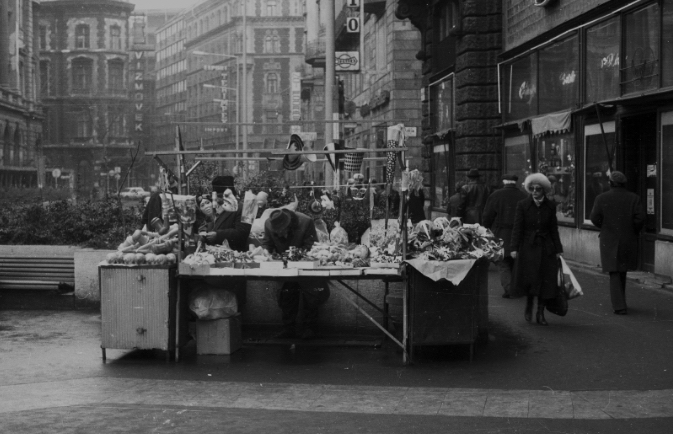
Source: Fortepan 41056
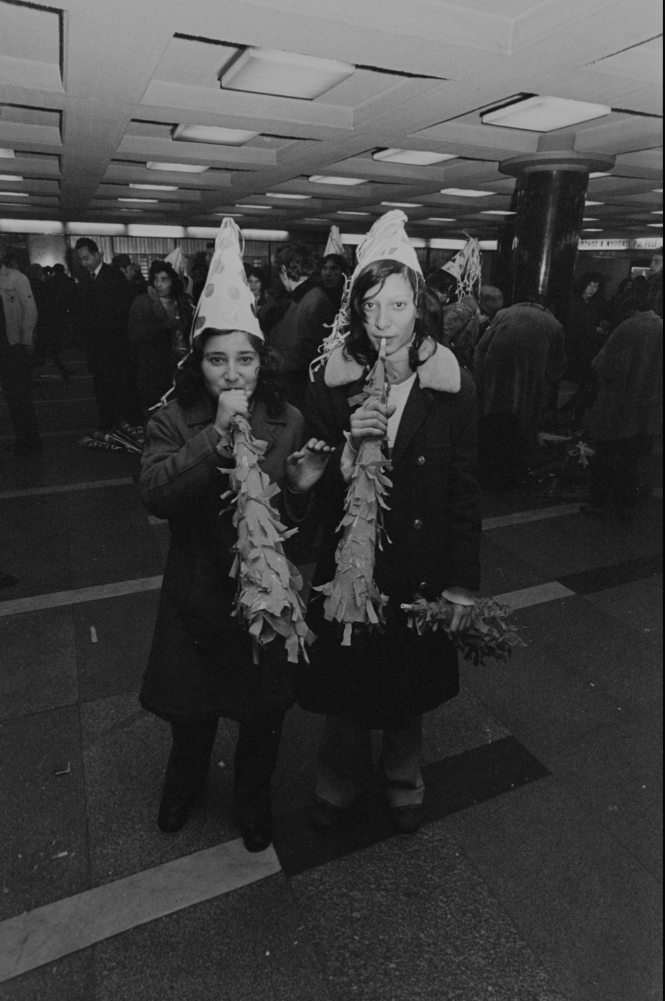
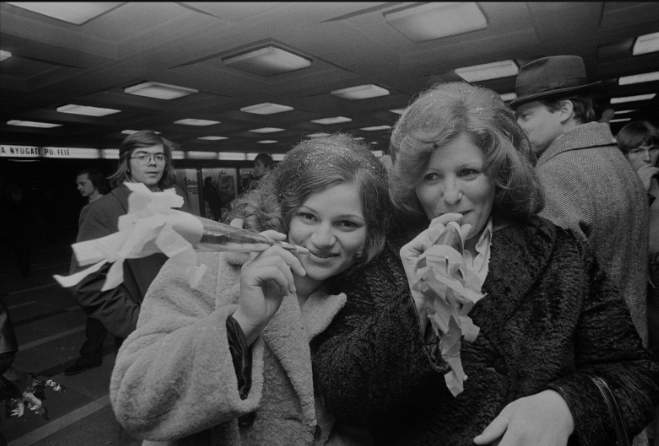
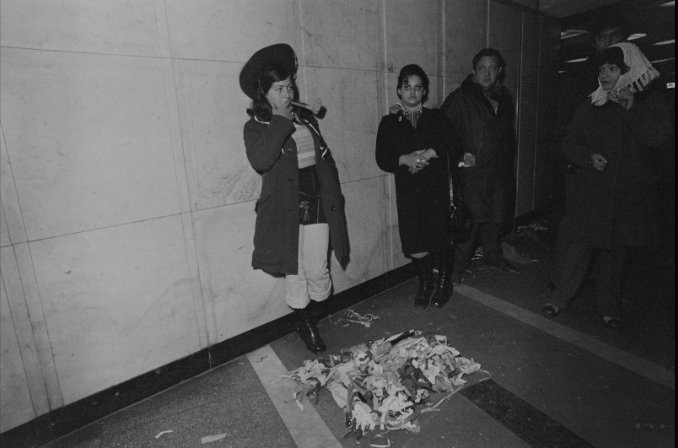
Source: Fortepan 205138 Sándor Kereki
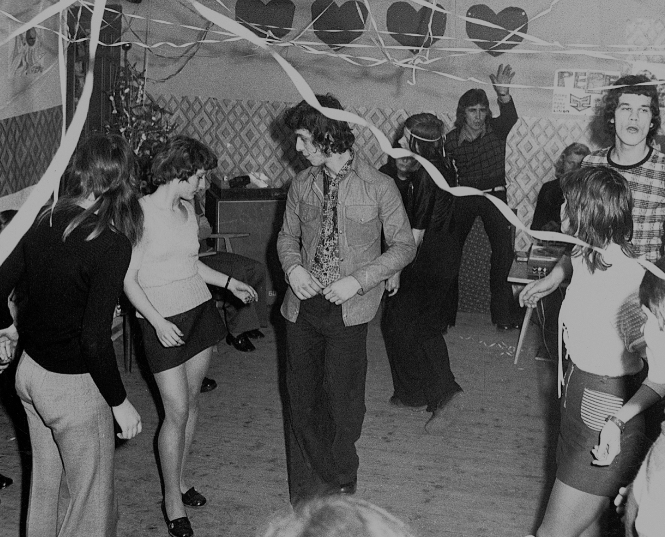
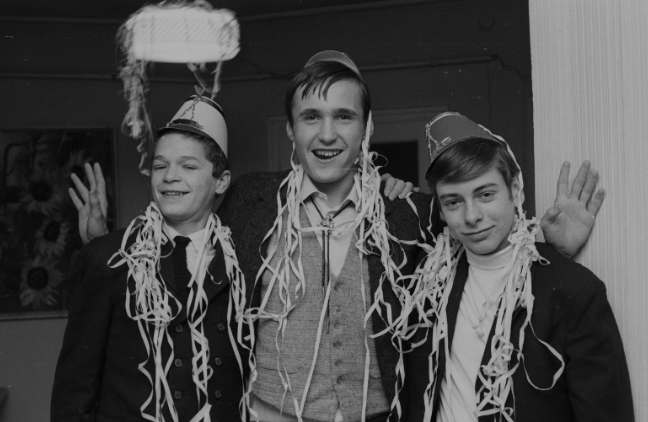
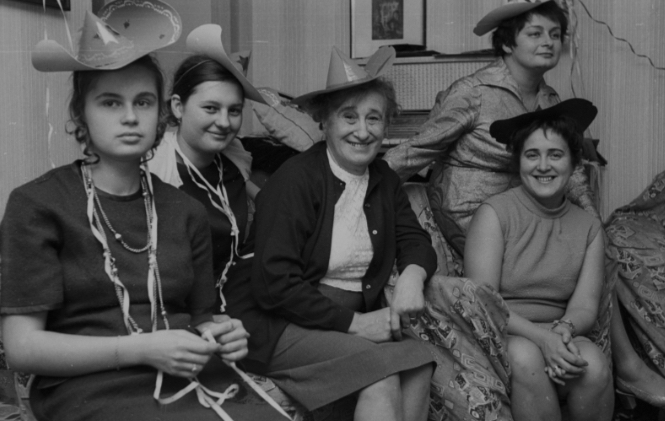
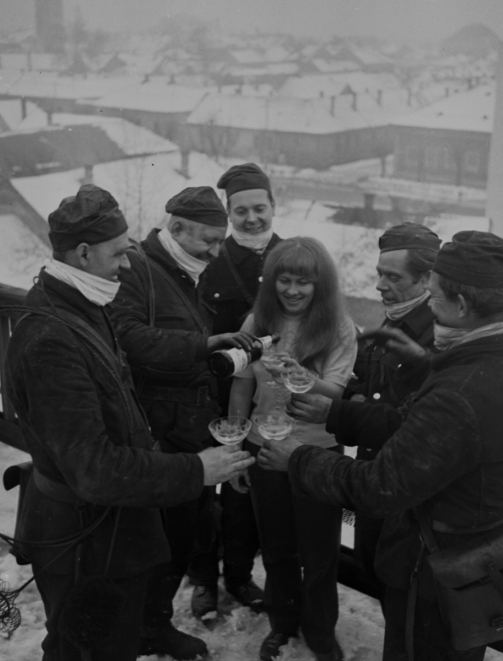


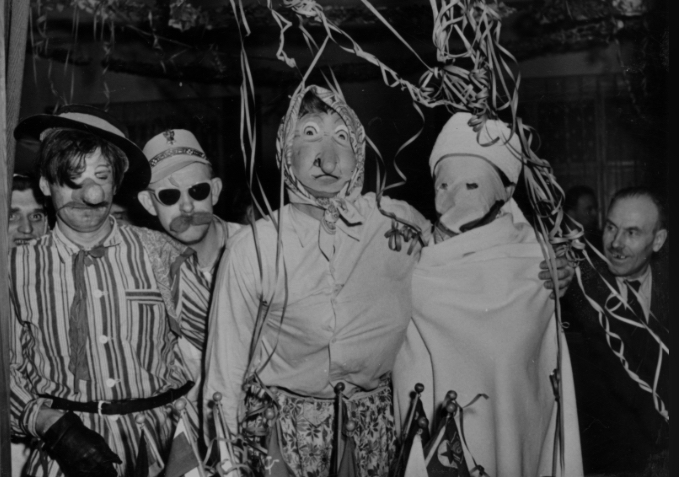
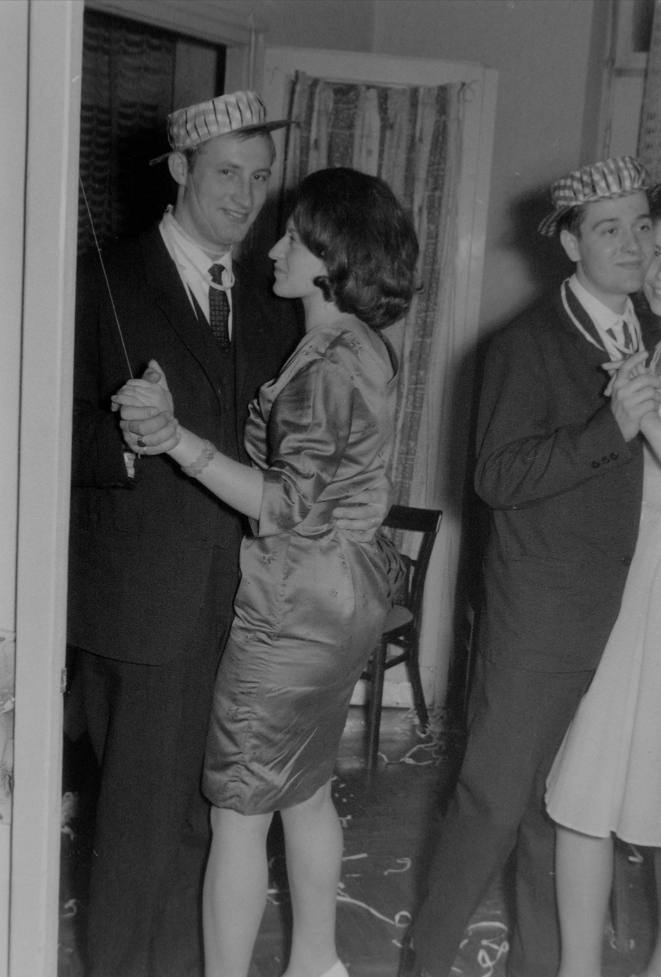
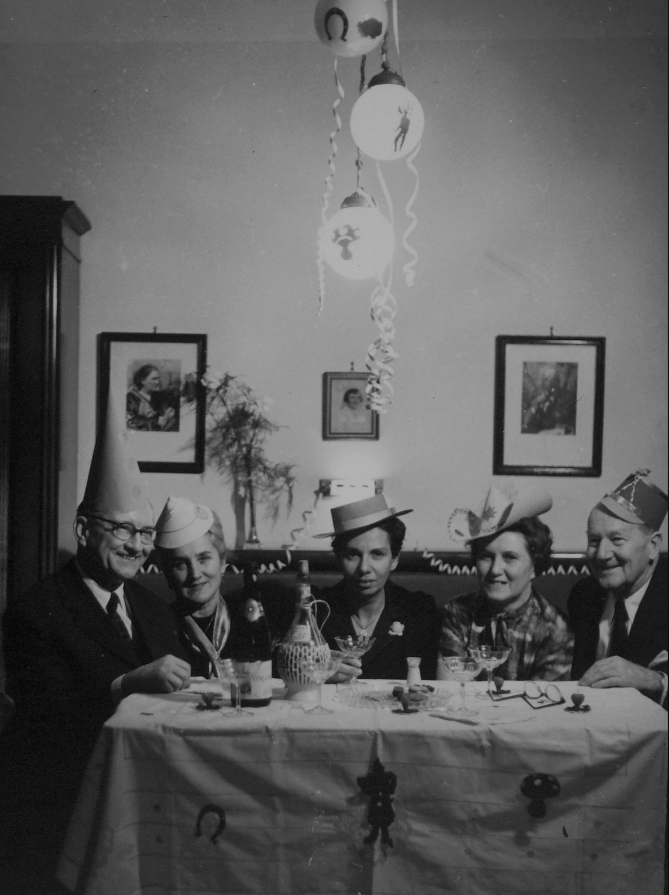
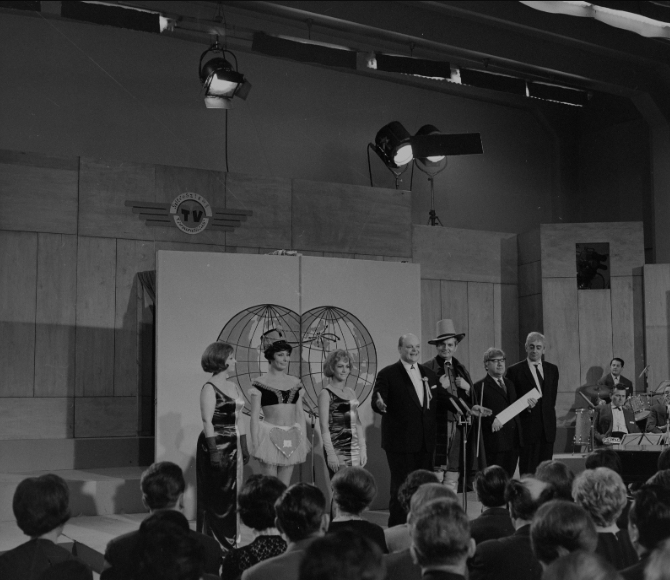
Source: Fortepan 146808 Zoltán Szalay
Read more: New Year’s Eve on the front: giant snowman and chimney-sweeper toast
Source: blog.skanzen.hu,





